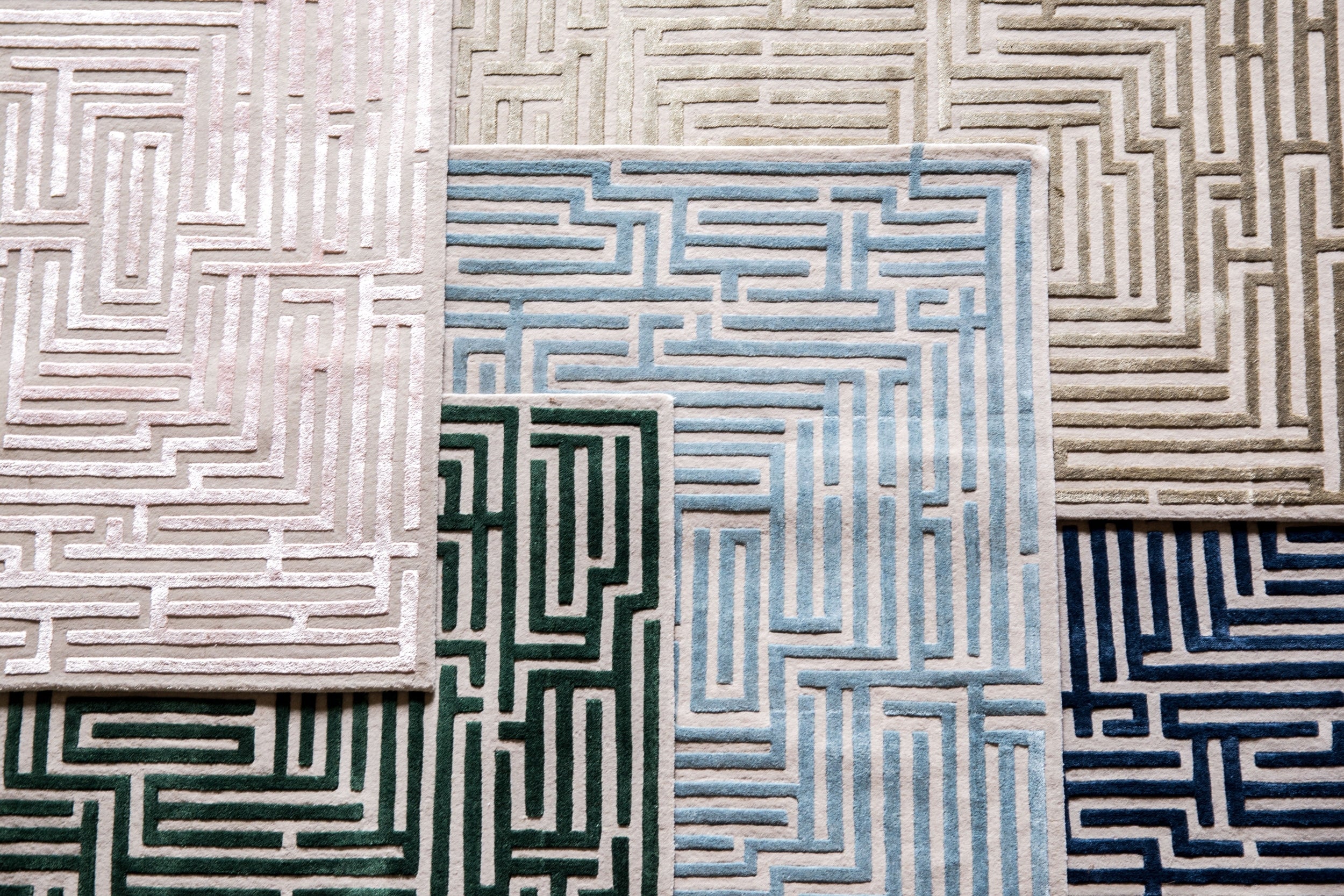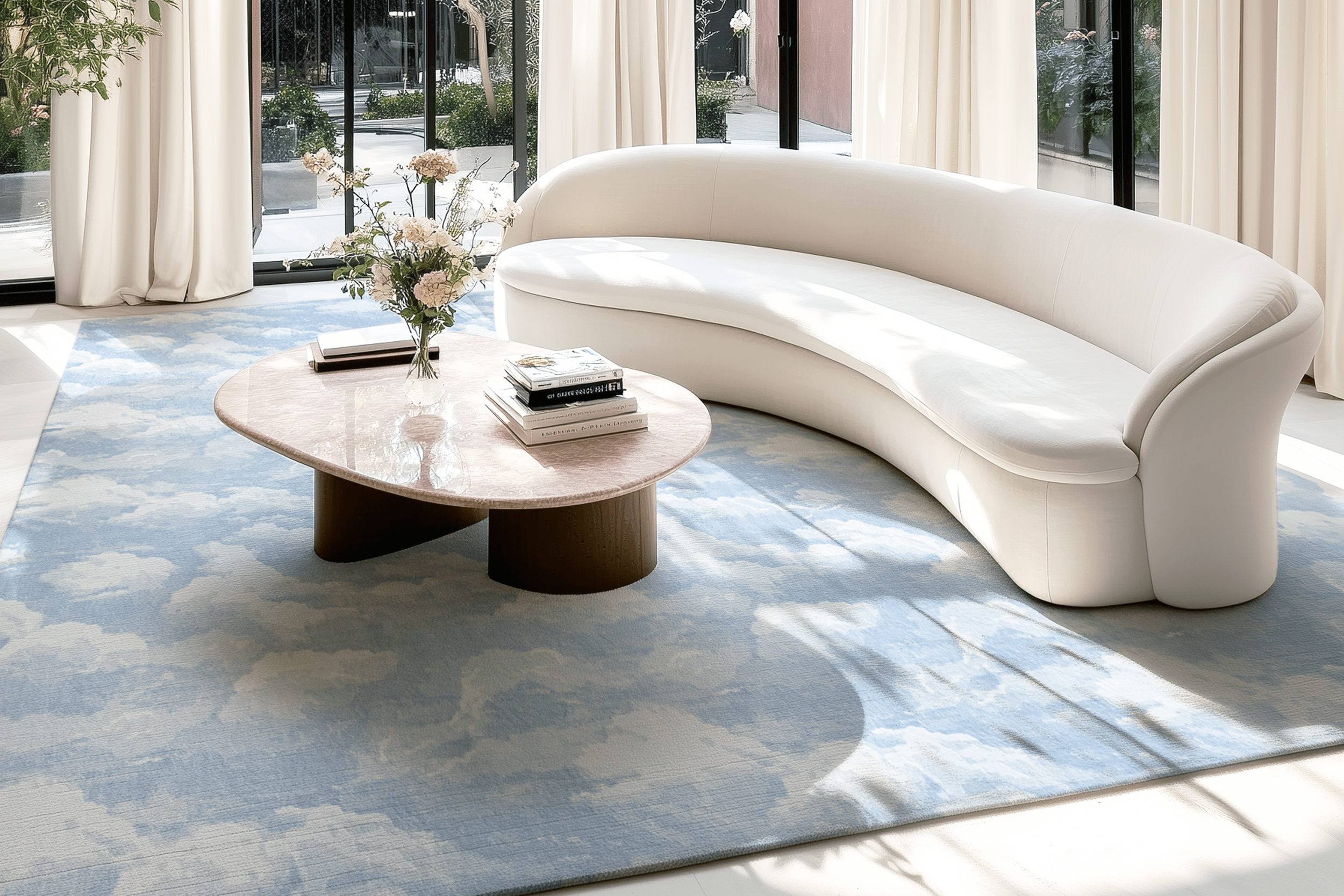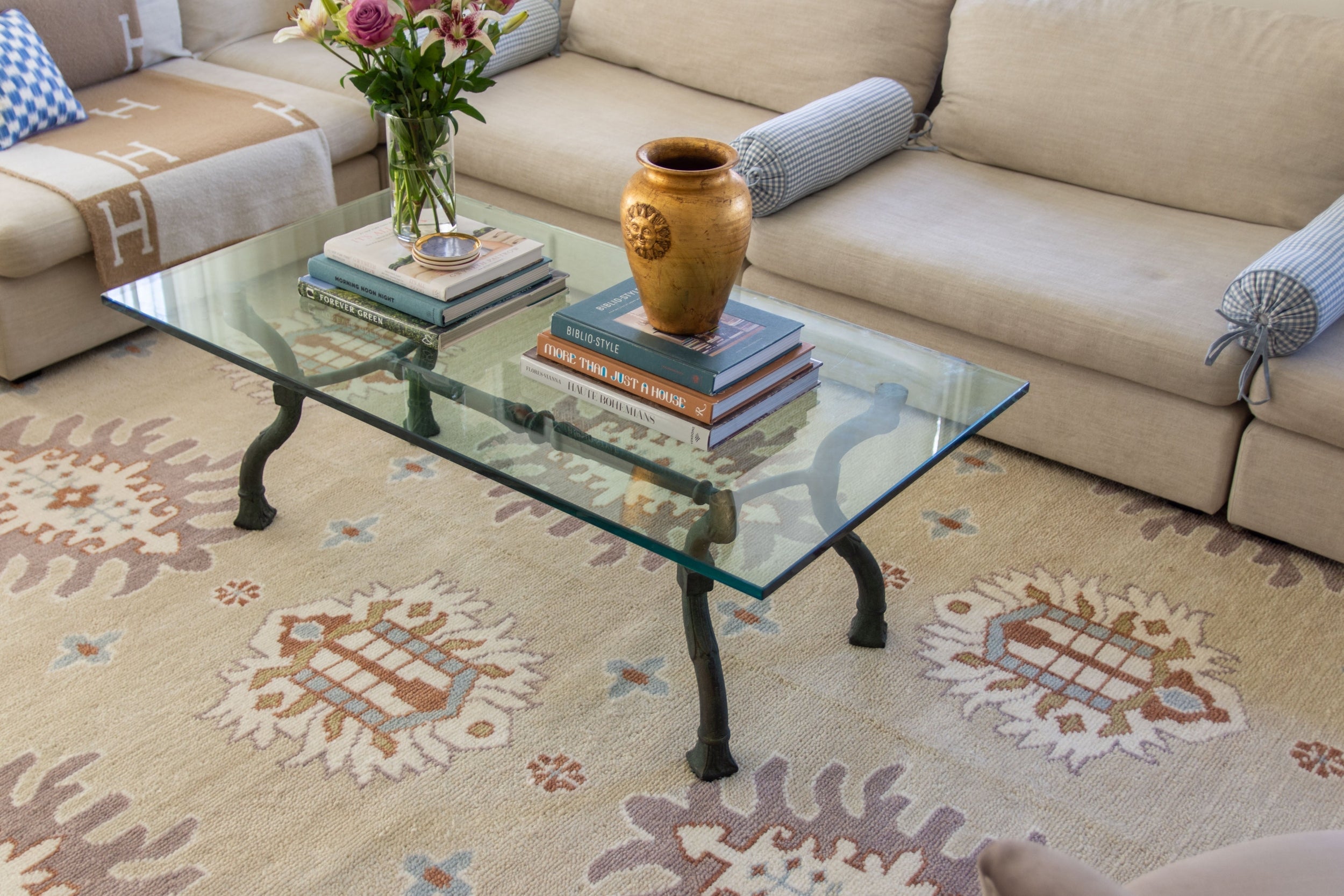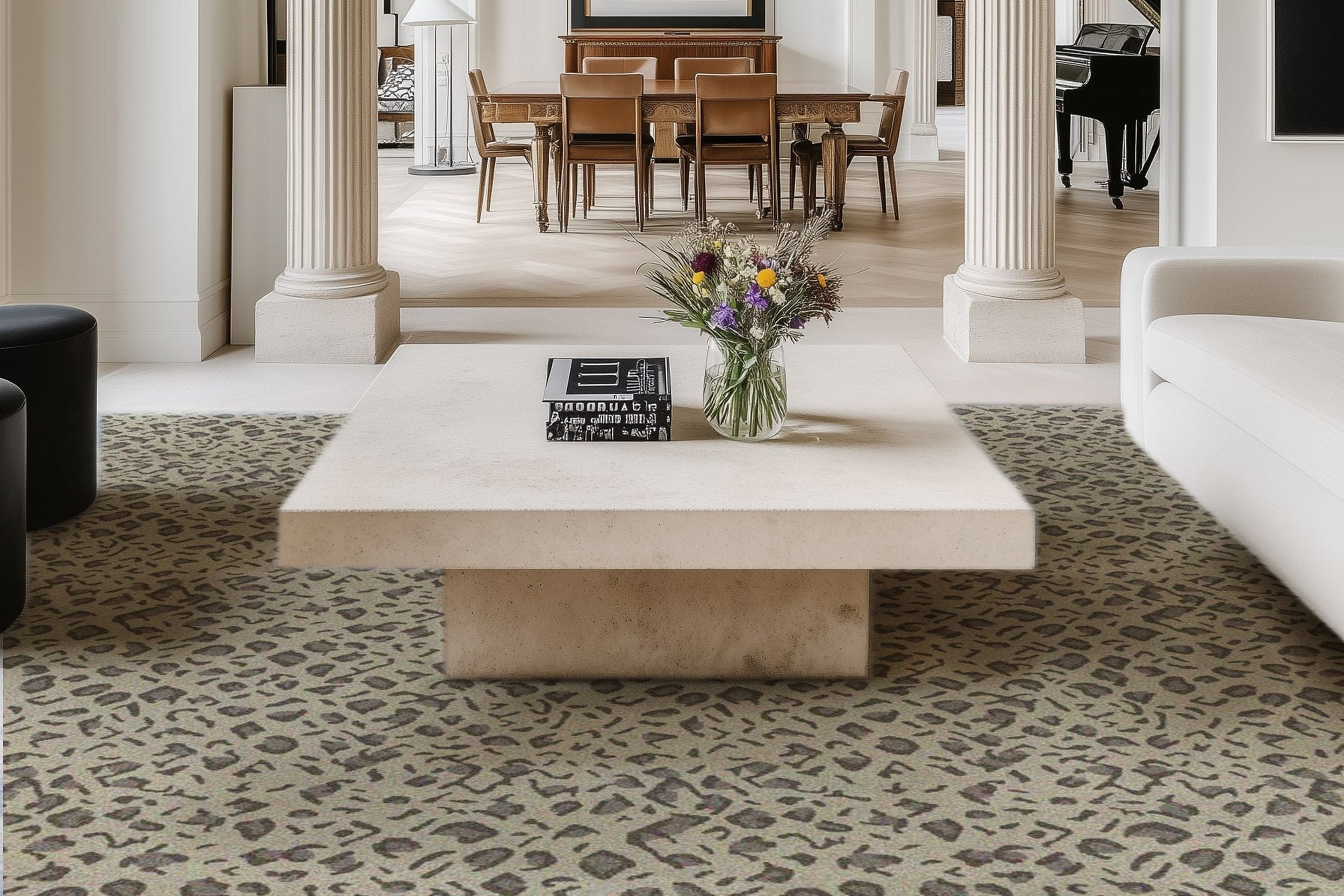Designing with Plumbing in Mind: A Guide
 Designing with plumbing at the forefront can alleviate many problems down the line. Focusing on it from the start can ease issues related to water leakage, sewer back-ups, and improper water flow. Addressing these during the design phase saves both time and money.
Designing with plumbing at the forefront can alleviate many problems down the line. Focusing on it from the start can ease issues related to water leakage, sewer back-ups, and improper water flow. Addressing these during the design phase saves both time and money.
Your ideal plumbing blueprint should provide flexibility and efficiency. Piping layout, fixture placement, and easy access for maintenance should be your top considerations. Neglecting these can lead to potential damage and costly repairs.
Avoiding such complications is easier with expert guidance. Ensure a smooth design process by reading reviews for professional services, like Dan at TrustPilot, who can help navigate your project with ease.
Planning the Plumbing Layout
Your plumbing layout requires careful planning. Considerations include what fixtures need to be installed and where they should be placed for maximum functionality.
Choosing Your Fixtures
When selecting fixtures, consider the types that serve your needs best. This could include sinks, bathtubs, or complex installations such as hot tubs.
Bob Vila recommends aiming for fixtures that are both aesthetically pleasing and durable.
Fixture Placement
Fixtures should be installed near existing plumbing lines if possible. This will minimize costs associated with rerouting pipes and installing new connections.
Ideal placement depends on your floor plan and aesthetics. Take time to visualize before finalizing.
Total Cost
The total cost of your project depends on multiple factors: fixture types, location, and whether existing plumbing infrastructure can accommodate them.
Consulting a professional can help ensure that you stay within budget and meet all safety regulations.
Choosing Pipe Materials
When planning your plumbing design, the choice of pipe material is crucial. Different materials have varying properties, influencing longevity and overall system performance.
Metal Pipes
Metal pipes are robust and durable. Two popular options are copper and stainless steel. Copper is corrosion-resistant, while steel offers incredible strength.
However, these materials can be costly. Moreover, they might not be ideal for all types of water, particularly with high mineral content.
Plastic Pipes
Alternatively, you could opt for plastic pipes. They're lightweight, cost-effective, and their corrosion-free nature makes them suitable for a variety of waters.
PVC and PEX are common choices. PVC is easy to install, but PEX offers more flexibility, reducing the need for multiple fittings within your design.
Examining Local Regulations
Remember, not every material is permitted everywhere. Some localities may restrict certain types based on environmental or infrastructural considerations.
It's crucial to research local regulations before deciding on a pipe material. This ensures your system is compliant and avoids potential issues later.
Setting Up Supply Lines
Your supply lines are vital to provide water to different parts of your house. Proper positioning guarantees optimal water flow and reduced leak risk.
Choosing the Right Material
You may opt for PVC, copper, or cross-linked polyethylene (PEX) pipes. Each material has distinct qualities that cater to diverse household needs.
Understanding Water Pressure
Grasp the concept of water pressure; it greatly affects your pipes. Higher pressures require stronger, more resilient pipes to avoid potential bursts.
Implementing Valves Strategically
The strategic placement of valves allows easy control over the water supply in specific locations. This aids routine maintenance and any needed emergency shutdowns.
Maintaining Pipe Accessibility
Design for accessibility is crucial for easy maintenance. Access panels should be installed where pipes are hidden to enable quick repair.
Designing Drainage Systems
The design of a proper and efficient drainage system is crucial in every building. Your attention to it can have a significant impact.
Well-designed systems prevent damage from water leaks. They also eliminate the risks of flooding and health issues related to stagnant water.
- Choose the Right Material: Durable materials minimize future problems. Pick long-lasting PVC plastic or cast-iron pipes for your system.
- Opt for Correct Pipe Sizing: The size of the pipes should correspond to the anticipated flow rate. Bigger is not always better!
- Slope Considerations: Properly sloped pipes ensure efficient removal of wastewater. Maintain at least a quarter inch of decline per one foot of pipe.
- Maintain Accessibility: Your design must permit easy access for future inspections and maintenance. Hidden pipes might lead to hefty repair costs later.
Meticulous planning can save you from unnecessary stress and expenditures. Keeping these points in mind will certainly help!
A well-thought-out, comprehensive design is the key to a functional, hassle-free drainage system. You, as their designer, play a vital role in this process.
Optimizing Fixture Placement
Perfect plumbing begins with optimized fixture placement in a home. This step is crucial for the efficiency and functionality of your system.
An ideal layout reduces the complexity involved in pipe connections, maintaining the gravity-driven flow required to dispose of wastewater.
|
Fixture |
Ideal Position |
Accessibility |
|
Toilet |
Near the bathroom door |
Fairly accessible for repair works |
|
Sink |
Adjacent to the dishwasher or the stove |
Largely reachable during routine checks |
|
Shower/bath-tub |
Close to toilet/sink system |
Easily accessible without causing inconvenience |
|
Dishwasher |
Near the sink |
Allows smooth maintenance and a quick water supply |
|
All fixtures should have a direct, at least 1/4-inch-per-foot-slope. |
||
Your home's design should facilitate easy maintenance, repairs, and retrofits while being cosmetically appealing.
The drainage-waste-and-vent system must run vertically and horizontally, with no sharp turns to hinder flow. Your planning will determine its seamless execution.
To prevent future inconveniences, you should consider hiring a professional who can analyze your plumbing needs and suggest suitable solutions.
Installing Valves and Shutoffs
The entire efficiency of your plumbing system depends on the right installation of valves and shutoffs. These tiny parts control the flow and pressure.
Correct positioning of these elements ensures the ease of access during emergencies. Misplaced or incorrectly installed valves may lead to leaks or even severe damage.
- Know your system: Understanding your plumbing layout can significantly assist in choosing and positioning your valves correctly.
- Choose quality materials: It is crucial to invest in high-grade valves and shutoffs for long-term efficiency and durability.
- Proper positioning: Install valves near fixtures, and main shut-offs near the water entry point or in an easily accessible area.
- Maintenance: Regular check-ups will enhance performance and prolong the lifespan of your plumbing fittings.
Selecting appropriate valve types according to their functions is also equally crucial.
The correct installation techniques equally affect the efficiency of these components. Seek professional help if you're uncertain about any aspect of the process.
Implementing Best Practices
As you delve into plumbing designs, there are certain best practices that lead your project to success according to Lexity Plumbing & Electrical services.
Why are layouts important in Plumbing Design?
A well-structured layout can simplify complicated plumbing systems, ensure efficient water distribution, and minimize potential plumbing issues.
Can proper pipe selection influence the design?
Absolutely! Pipe material and diameter significantly affect water pressure. Choosing the right ones prevents water hammer and noise issues.
Why is accounting for local codes essential?
Observing local codes ensures that your plumbing design meets safety standards, passes inspections, and avoids potential legal issues.
How is designing with future expansions crucial?
Designing with scalability lets you easily expand or alter the system for future requirements. It saves time, costs, and headaches.
Why prioritize maintenance in your design?
Maintenance-friendly designs equate to easy repairs/replacements. They save you significant time during urgent situations or regular check-ups.
Common Design Mistakes
Plumbing design entails numerous intricacies. These can become overwhelming and lead to major errors when overlooked or handled carelessly during the design process.
Your dream kitchen or bathroom can rapidly morph into a nightmare if the plumbing is inadequately planned. Fundamental considerations often get dismissed, resulting in costly fixes.
- Failing to pick suitable materials: Different plumbing systems require unique materials. Wrong choices can lead to leaks, water damage, and frequent repairs.
- Oversight in pipe sizing: Inappropriate pipe sizes cause inadequate water pressure. Ensure your designer uses correct measurements to accomplish efficient water flow.
- Skipping ventilation setup: Proper ventilation lets wastewater flow efficiently and eliminates sewer gases from the structure. The absence of this leads to potential health risks.
- Overlooking placement of fixtures: Wrong fixture placement inconveniences users and may necessitate costly adjustments. Hence, consider it during initial design phases.
Good plumbing design not only implies installing pipes and fixtures but also requires thorough planning for comfortable use, functionality, and sustainability.
Careful planning helps avoid such common design blunders and saves you from regrettable decisions later on. Harness professional guidance when necessary for a flawless system.
Troubleshooting Plumbing Issues
Understanding and rectifying plumbing issues is vital in home design. Neglected problems can lead to bigger issues, often incurring significant costs.
Often, common plumbing hassles revolve around leaks, routinely blocked drains, and malfunctioning faucets. By recognizing these early, you can prevent escalation and complications.
- Identify any leaks: Water pooling or damp patches can indicate hidden leaks. Address these quickly to prevent water damage and mold growth.
- Note slow drainage: Slow sink or tub drainage could signal a pipe blockage. Clear it before it becomes a bigger problem.
- Check faucets: Drippy faucets are not just irritating; they also lead to water wastage. Fix leaky faucets at the earliest to conserve water.
- Maintain appropriate water pressure: Low or high water pressure can cause multiple issues throughout your plumbing system. Maintaining appropriate pressure keeps the system running smoothly.
Proper maintenance of your plumbing system is necessary for the longevity of your home. Habitual monitoring can save you from unexpected mishaps and expenses.
Knowledge about early signs of potential plumbing troubles and the requisite remedial measures can be key in maintaining the health of your property.
Your Plumbing Masterpiece
Now that you're equipped with these insights, your next plumbing project is set for success. But remember, even experts consult others. Check out real experiences and valuable reviews from homeowners at Dan's Plumbing for additional tips.
Browse by Category

Design Projects
Explore interiors from client work and personal renovations — layered, livable, and always in progress.
read more →
Collaborations
From product launches to styled spaces, discover the brand stories I’ve helped bring to life.
read more →
The Notebook
A growing archive of iconic designers, inspiring artists, and unforgettable design moments.
read more →
Travel by Design
Wander with a designer’s eye — from charming hotels and city guides to visual inspiration abroad.
read more →




